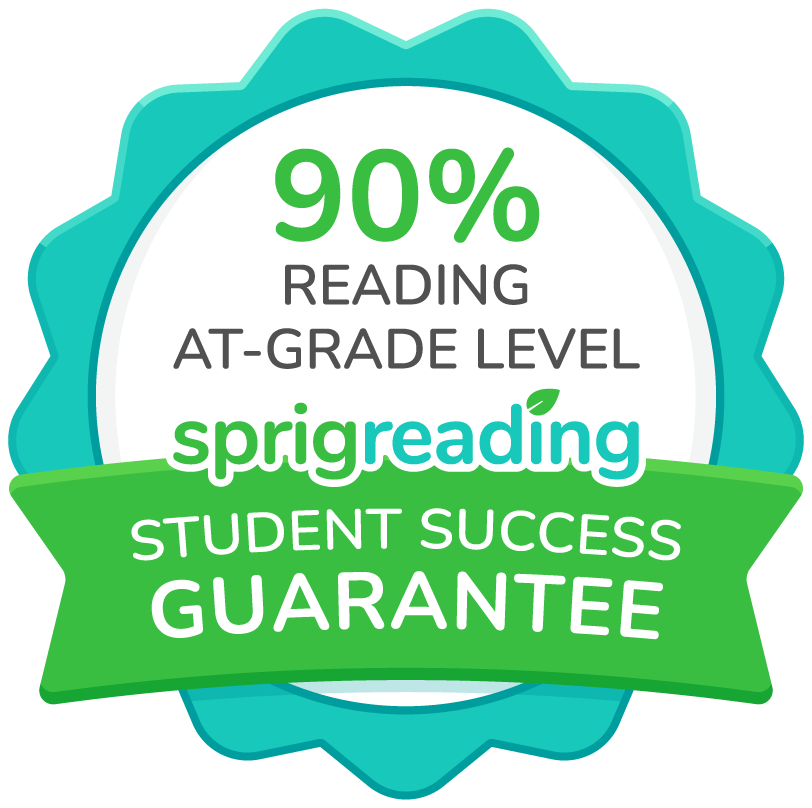Curriculum mapping is a process used to align educational content, instruction, and assessments with specific learning goals outlined in a specified curriculum.
In Pre-K to Grade 3 classrooms, where early literacy development is crucial, curriculum mapping becomes essential to ensure students acquire the foundational skills necessary for reading success.
This blog explores the importance of curriculum mapping in early reading success and what can be done to make this very important process easy and simple.
It involves defining the process of curriculum mapping, understanding the difference between mapping to a curriculum and aligning the curriculum to an external standard, and appreciating how both teachers and curriculum leaders have a role to play in this process.
Curriculum Mapping and Its Relation to Standards

Curriculum mapping is a detailed and organized framework that aligns instructional content with desired learning outcomes and standards.
While standards define the goals, curriculum is the pathway to achieve them.
Local schools and districts often determine their own curriculum, including materials and instructional approaches, as standards generally don’t prescribe specific resources or methods to reach the goals. But some states offer a pre-approved list of curricula that align to the standards.
In some countries like Canada, the word curriculum commonly refers to standards. But the concept of curriculum mapping still exists, as the process of teaching still needs to be mapped according to the standards, which in this case, is the curriculum.
What Can Be Mapped to a Curriculum?

Curriculum mapping involves identifying and documenting what is being taught, how it’s being taught, and when it’s being taught, as well as linking instructional strategies and assessments to specific learning objectives.
It’s a lot of work! That’s why some teachers offer this as separate resources called curriculum maps. They are either for sale or freely shared, and have been developed by teachers who have gone through the process for their own classes.
But each curriculum is different, and sometimes they are replaced or updated.
Thus, the mapping may need to be revised or completely redone!
So it’s helpful to know what goes into a curriculum. Another way of phrasing this could be “what can be mapped to a curriculum?
When constructing a curriculum map in early literacy, the following components may be mapped:
1. Lessons and Units: Teachers outline the topics, skills, and literacy goals for each lesson.
For example, a lesson focused on blending must align with broader phonological awareness goals and objectives.
2. Teaching Materials and Resources: Books, interactive media, and instructional tools can be mapped to ensure they support the learning objectives.
For instance, a reading app would be mapped to the curriculum by matching its content with specific literacy skills, ensuring relevance to daily learning objectives.
3. Activities and Learning Centers: Hands-on activities, group work, and individual practice tasks, such as phonics games or reading exercises, can be mapped to specific literacy skills in a skill set.
They can be part of the instructional strategy in order to master that particular literacy skill.
4. Assessments: Frequent formative assessments ensure that learning is progressing in line with literacy standards. Teachers can do regular checks to monitor progress.
Less frequent diagnostic assessments help in understanding which students meet benchmarks and who may need additional support.
Mapping the Curriculum to Standards

The previous section highlighted what is mapped to a curriculum. The question may be raised, what does the curriculum map to, or align to?
In early literacy, curriculum mapping also involves the curriculum aligning with external frameworks, such as evidence-based literacy practices or national standards.
Luckily, this is not the work of the teachers, but the state/provincial education departments.
It’s up to these government agencies to dictate the standards and often offer approved lists of curricula.
Two popular cases of the curriculum mapping to external standards are mentioned below. The first is country specific, while the latter applies to both Canada and the US.
Common Core Standards (US)
In the US, the Common Core Standards for English Language Arts set benchmarks for reading, writing, and speaking skills from kindergarten onwards to Grade 12. Mapping the curriculum ensures that each lesson contributes to meeting these grade-level standards. 41 states in the US have thus far adopted the Common Core State Standards.
In Canada, there is no equivalent at the federal level, as setting such standards is left up to the provinces and territories.
Evidence-Based Literacy Practices
With the wave of evidence-based literacy, curricula are being developed that are specifically aligned to research-backed methodologies. Programs grounded in this body of research known as the science of reading are increasingly approved and recommended by the different states.
Thus, an existing curriculum might also need to be mapped to such research-based standards. To demonstrate with a small example, practices such as phonics-based instruction, must consistently be applied across lessons and assessments in the new or adjusted curriculum.
Sprig Reading: For Both Mapping and Alignment

Sprig Reading helps teachers to align their instruction and assessments with evidence-based literacy curricula, while also supporting school leaders entrusted with curriculum administration to ensure that their current curriculum meets rigorous, research-backed literacy standards.
For Teachers: Map To Evidence-based Curriculum.
Sprig Reading is designed to enhance evidence-based literacy programs, allowing teachers to map foundational skills, such as phonics and decoding, directly to classroom instruction.
With over 200 research-backed early literacy skills spanning key domains, Sprig Reading not only maps seamlessly to any evidence-based curriculum but also enhances it!
It ensures comprehensive coverage by assessing each skill through continuous progress monitoring, providing full visibility into student mastery across all foundational literacy areas.
For Administrators: Align To Standards To Create an Evidence-based Curriculum
Sprig Reading empowers school leaders to ensure their literacy curriculum aligns with the latest research and evidence-based standards, for every state, province or territory.
By taking advantage of a comprehensive and proven framework of over 200 foundational reading skills along with an in-built progress monitoring capability, administrators can confidently upgrade their existing curriculum.
In Canada, the curriculum is already approved, but still it’s up to the leaders to create an ideal early literacy program which their teachers can implement. They can do so by adding Sprig Reading to their assessment toolkit!
Sprig Reading 3.0 Has Launched!

Sprig Reading is a progress monitoring tool for teachers that enhances any evidence-based early literacy program.

